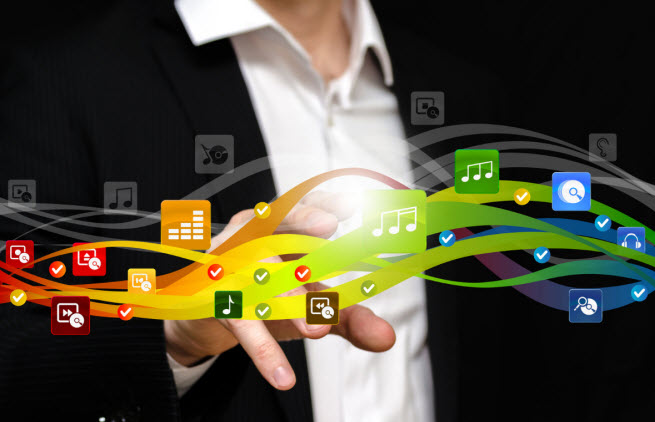Jason Corsello is vice president of corporate strategy and marketing at Cornerstone OnDemand.
Gaming in the workplace seems counterintuitive. After all, the goal for most employers is to limit time spent playing Angry Birds or Candy Crush Saga at the office, right? Not necessarily. Fun and games at the office may be a key element to the future of work.

Unlock premium content and VIP community perks with GB M A X!
Join now to enjoy our free and premium membership perks.
![]()

![]()